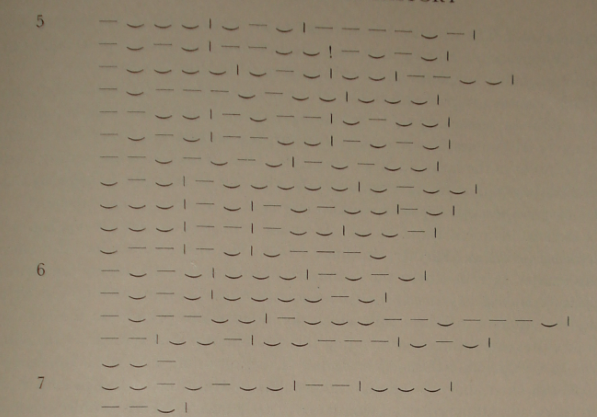|
The Indian Analyst
|
North Indian Inscriptions |
LITERARY HISTORY
It is obvious that the short compounds marked 3 and 7 are to serve as resting points, and that the rhythm in 1, 2 and 4, is to remind us of the beginnings of the Daṇḍakas.” What Bühler says is perfectly true and reminds us of the manipulation of long compounds followed by short phrases for pauses such as we notice in classical samples of grandiloquent prose. This indicates not only the extreme proficiency of Harishēṇa in prose composition but also the high standard reached by the gadya portion of Kāvya literature in the fourth century A.D. The only remark of Bühler to which exception can be taken is his use of the word daṇḍaka which is, however, the name of a metre, and not of any “prose rhythm.â
We shall consider some of the remarks which Bühler has made in regard to the individual sentences or rather adjectival phrases occurring in this long prose passage. Thus, in line 23 is to be found a poetic representation of Samudragupta’s fame. It is this; to adopt his translation: “Whose fame arising from the re-establishment of many fallen kingdoms and of many extinguished royal races, is tired by its journey through the three worlds.” In the first place, Bühler forgets that the text of the inscription has nikhila-bhuvana, and not tri-bhuvana. And this suits better the fact recorded about the king in this sentence, namely, that he restored fallen kingdoms and extinct royal families, which could have existed only in one world, namely, on this earth. And, for a court poet to say merely that the fame of his lord and master was tired by its journey over this earth on account of this work of restoration, without telling us in a poetic manner where or how it rested itself would not be a very dignified procedure for him to follow. It is true that Bühler quotes a stanza from the Jaina monk Hēmachandra’s praśasti to his Grammar, eulogising his master, namely, the Chaulukya king Kumārapāla. But the stanza represents Kumārapāla’s fame as having first wandered through the three worlds and then having rested on the pale breasts and white cheeks of Mālava women. As, in Sanskrit poetry, fame is always considered to possess a shining complexion, Kumārapāla’s fame after exhaustion through wandering is beautifully represented as resting itself on the breasts and cheeks of Mālava women which had turned white and pale as their husbands had been slaughtered in a battle by Kumārapāla. But, in the Allahābād pillar praśasti, if we are to adopt Bühler’s translation, Samudragupta’s fame is represented simply to have tired itself out with wandering over the earth in the work of re-establishing lost kingdoms and overthrown royal families. No court poet would represent his master’s fame as simply overcome with exhaustion without
| ||||||||||||||||||||||||||||||||||||||||||||||||||||||||||||||||||||||||||||||||||||||||||||||||
| > |
|
>
|








